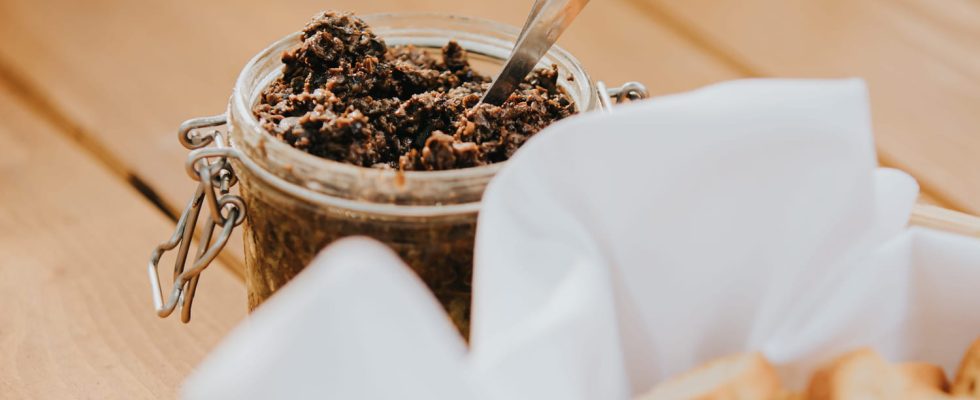Tapenade, vegetables… After serious cases of botulism in Bordeaux, reminder of the foods most often involved in outbreaks of food botulism.
Food botulism is a rare but potentially fatal disease. It’s a poisoning caused by ingestion of botulinum toxins (Clostridium botulinum) present in contaminated foods. Since botulinum toxin is very toxic, it only takes a small dose to become infected. These toxins contaminate food that have not been properly sterilized and in which bacteria survive, multiply and produce these toxins. Botulism toxin grows in the absence of oxygen. In most cases, this is vacuum-packed and canned foodsnotably the “homemade” jars. Botulinum toxin does not grow in acidic conditions when the pH is below 4.6. Furthermore, the toxin is destroyed by boiling food. As a reminder, botulism is not contagious, it is not transmitted from one individual to another. As recalled byHandlesTHE foods most often involved in botulism outbreaks are:
- mortadella, salted and dried raw ham, artisanal cold meats (sausage, pâté)
- salted and dried fish, fish marinades, packaged under a vacuum
- homemade canned fish (sardine, tuna)
- homemade canned vegetables (asparagus, green beans, carrots, peppersGreek olives, pumpkin, tapenadeetc.)
- artisanal cured meats made from beef
More rarely :
- industrial canned fish (sardine, tuna)
- industrial preserves such as sauces (bolognese, etc.)
- honey is the only food known for the transmission of infant botulism
When in doubt, if the product is of a different color, gives off a abnormal smell or if the can is damaged Or swollen, it is best not to consume the product and throw it away. “In a professional environment, we sterilize containers with specific equipment and we test them. I don’t recommend ‘old fashioned’ canned foods. like in the time of our grandparents” indicated Stéphanie Chevalier Lopez, elected best worker in France in food safety, in the columns of Huffington Post. She then gave some precautions to take:
► Watch the appearance of the can or vacuum package “When we use the can, there is a visual check to be carried out. If the lid of the can or the lid of the packaging is bulging, we throw it away: it means that something has developed inside it. ‘interior, even if visually, the product is pretty.’
► Listen to the noise at the opening : “Bacterial development inside a container causes gas to be released. If, when you open a can or jar, we hear a ‘psshhht’ like when you open a bottle of coke, you have to throw away the contents.”
► Consume quickly an opened food: “As soon as you open any vacuum-preserved product, the expiry date indicated on the packaging no longer shortens. It must be consumed within three days after opening.
- Botulism, Ministry of Agriculture, September 14, 2023
- Botulism, WHO, January 10, 2018
- Botulism, Pasteur Institute
